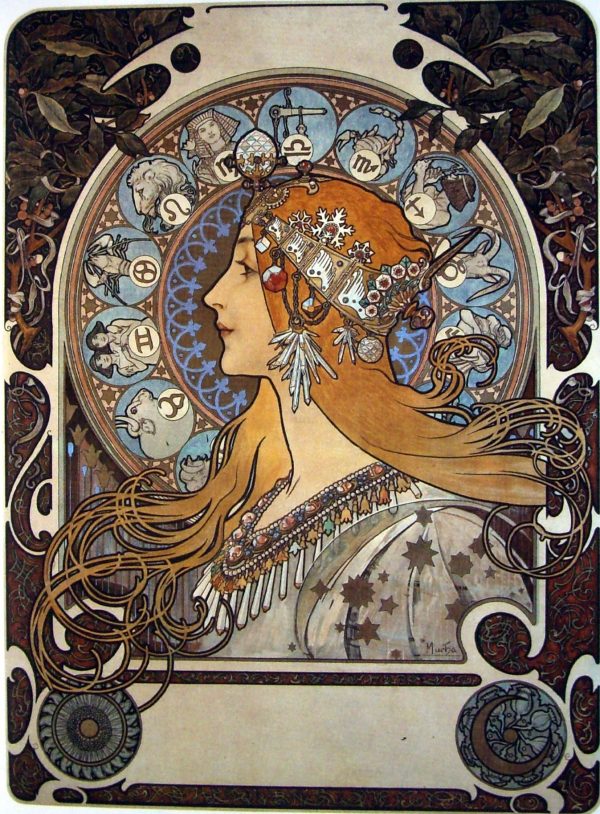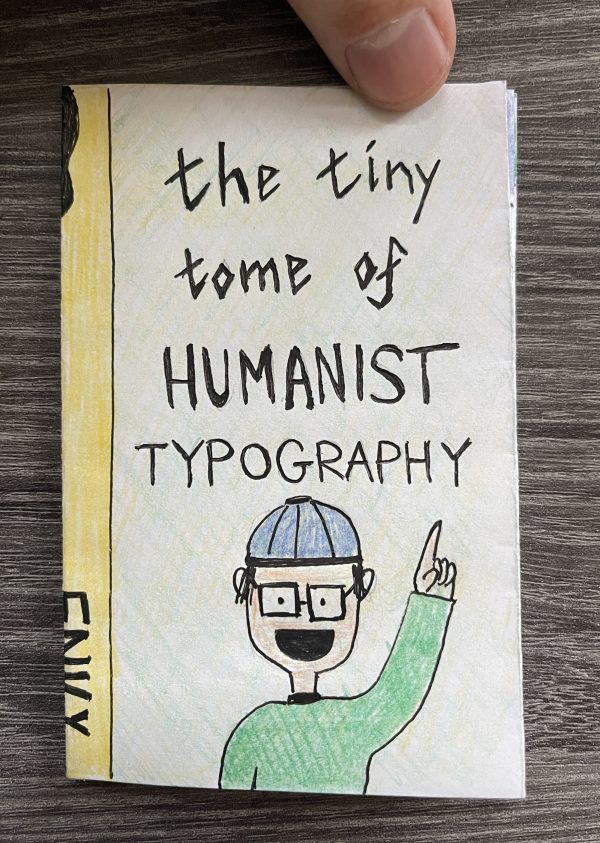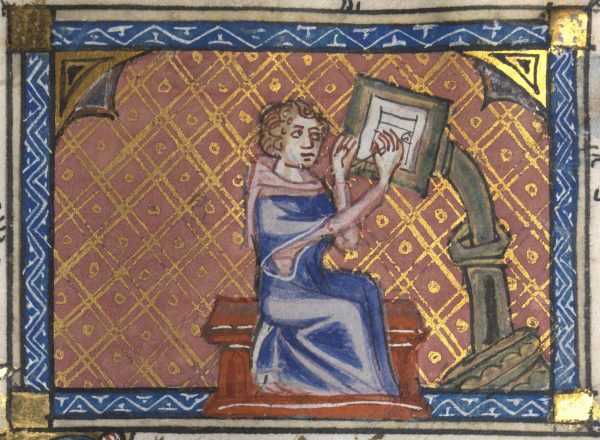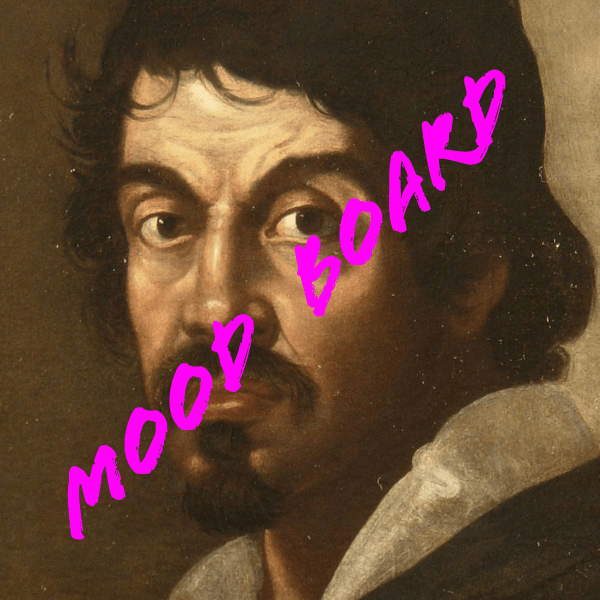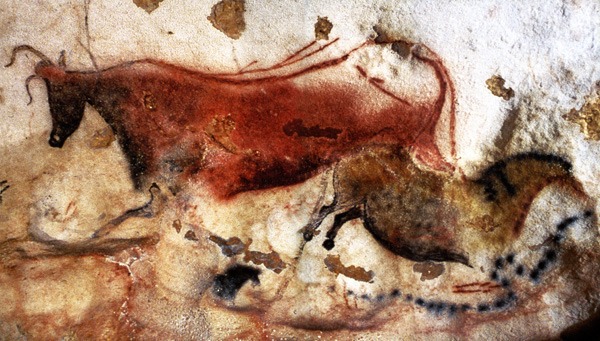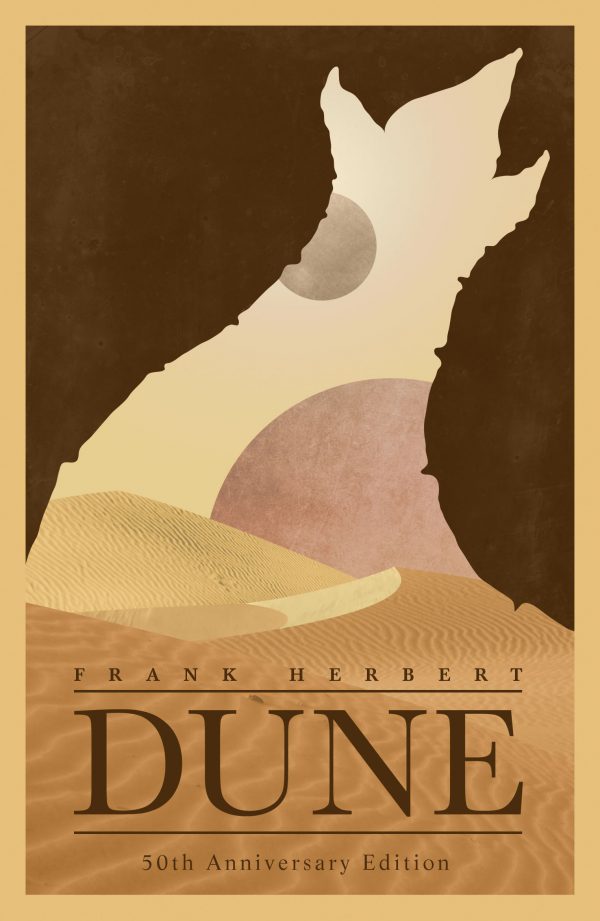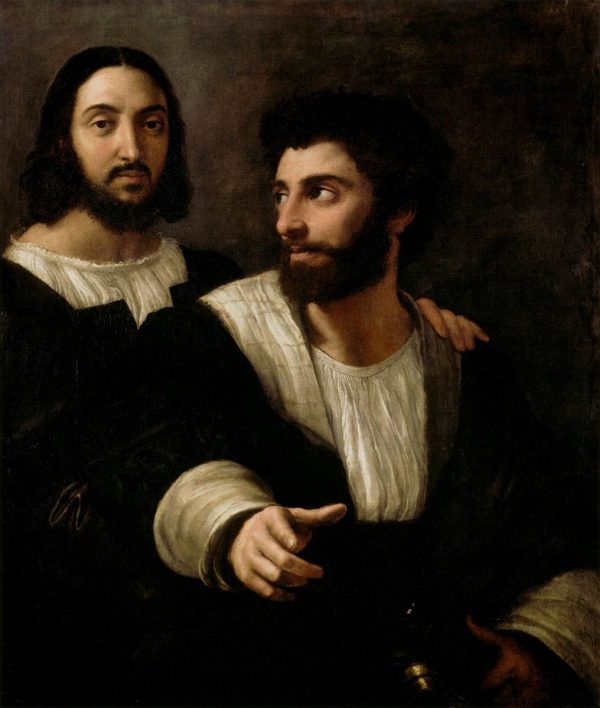Page 2 of 3
Art Nouveau — Contrived In The Best Way Possible If there’s one thing I’ve learned studying the history of art and design, it’s that people love to recycle. Love it until they don’t that is. In the late 1880s, artists… Continue Reading →
I created The Tiny Tome Of Humanist Typography to look like an old book to fit the subject and period of the early humanist typefaces. In my research, I noticed most zines are very busy. This inspired me to try… Continue Reading →
William Blake was unrecognized during his life and considered mad by most of his contemporaries. The London-born artist was critical of organized religion and held many idiosyncratic views for his day. Despite this, he was a self-proclaimed Christian which inspired… Continue Reading →
Illuminated Manuscripts From approximately 1100 to 1600, all books, or manuscripts as they were known, had to be written by hand. In addition to the often ornamented scripts, these ancient tomes included decorative illustrations, often created by adding thin layers… Continue Reading →
Jan Havickszoon Steen lived and painted during the Dutch Golden Age. Jan’s family brewed ale and operated a small tavern in the south of Holland. His father eventually leased him a tavern of his own, though he never quite got… Continue Reading →
Art history is rich with fascinating characters and stories. We glorify their work and often idealize them as characters without examining how they lived their lives. I designed my InVision board to highlight three famous artistic masters and their less… Continue Reading →
There are many works of art and design in humankind’s prehistory. While it’s impossible to answer many of the questions we have about prehistoric art, these ancient works have continued to captivate people since their discovery in 1940 by French… Continue Reading →
I’m reading Dune in my spare time (of which there is very little). Here’s an excellent example of the Gestalt Principle, “Figure and Ground.” The plot hinges on the setting; the desert planet of Arrakis. That, and the murderous sandworms,… Continue Reading →
This concept poster for the film, The Matrix illustrates the Gestalt Principle of Continuity in my opinion. The evenly spaced groups of the characters work together to complete the image of the red and blue pills that are so iconic… Continue Reading →
The painter Rafaello Saanzio da Urbino (Raphael) spent his early life studying beneath the Umbrial school leader, Perugino. Eventually, the young artist would leave the province of Umbria, settling in Florence during the height of notoriety of two other creative… Continue Reading →
